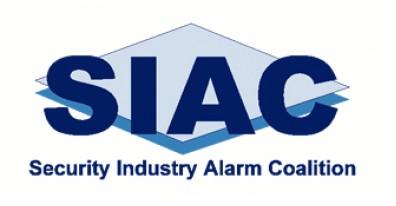The verified response (VR) or non-response list that SIAC keeps to track non-response policies and ordinances across North America continues to shrink. By our most recent update, there are currently 13 active VR policies or ordinances in communities in the United States. That’s less than the peak of 18 several years ago, out of 18,000+ communities.
Having only 13 cities employing VR is a testament to the efforts by the security industry to work with local officials to provide information and solutions about alternatives that work. That’s why SIAC was created, and we’re glad to do our part to improve alarm management practices in cities large and small, while also building consistency from one town to the next.
This success, particularly where VR has been reversed (more about that later), means our messages are being heard and heeded. Cities are returning to responding to alarms, often without any fanfare that they are changing their position. It is clear evidence that our long-term strategy to proactively work with law enforcement continues to gain traction year after year.
Some might argue this means SIAC is less needed today. We would argue the opposite. Wise and educated leaders understand the ongoing value to educate while maintaining positive relationships we’ve developed with law enforcement. We hope you agree.
Now, about those major reversals (communities that implemented VR and have now returned to response) – here’s a sampling of those cities that chose to respond to alarms again: South Salt Lake City, UT; Summit, CO; Dallas, TX; Madison, WI; Cathedral City, CA; Washoe County, NV; Indio, CA; and Henderson, NV.
We’re pleased to see these communities again responding to alarms because we strongly believe that’s the best public safety approach. We are seeing more and more agreement on this. Follow us on Twitter @siacinc to stay in touch with us on these issues, and more.

Recent Comments
Wonderful Content! The way you describe the things...
amazing and very impressive dear check...
SOC Teams Protect Multi-Building Campuses
Smart Home Revolution
Benefits of Implementing 802.3bt